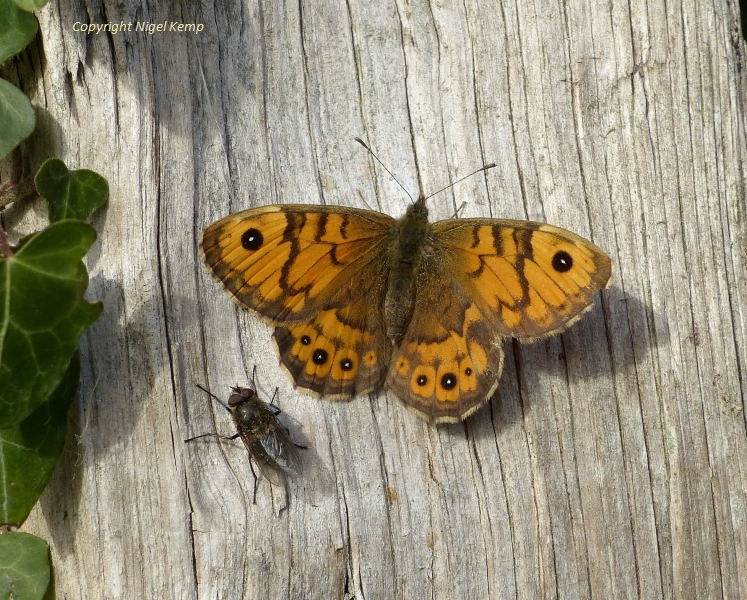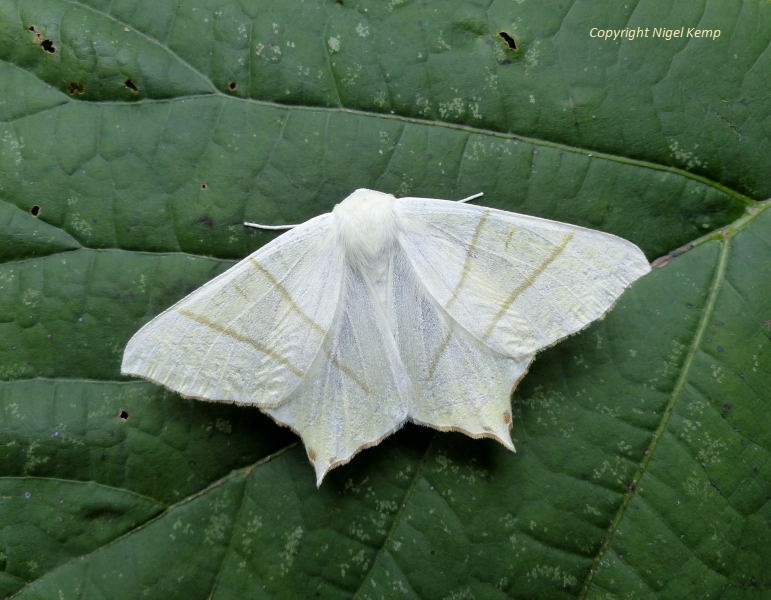The mild October weather has allowed butterfly activity to continue well into Autumn but a run of cold weather will bring an end to proceedings.
During this last week on Pevensey Levels the Wall (Lasiommata megera) has continued to appear in good numbers with 2 or 3 males at a time battling with each other. Mating was also observed. The star of the show however was a fresh fecund female Painted Lady (Vanessa cardui) feeding on ivy and basking in the sunshine at regular intervals.
Painted Lady (Vanessa cardui) (female)
Wall (Lasiommata megera) (mating pair)
Wall (L.megera) (female sharing a sunny spot with a fly)
The moth-trap in my Wealden garden has produced the usual Autumn species during September and October. This is the time of year when some interesting migrants can appear at the light, ranging from extreme rarities from Europe and North Africa to more regular migrant species that can produce a summer brood within the United Kingdom and even establish resident colonies in the south.
Four-spotted Footman (Lithosia quadra) (male)
Four-spotted Footman (L.quadra) (female)
Blue Underwing (Catocala fraxini)
I have taken better photographs of this impressive species but even a damaged specimen demands to be photographed!
L-album Wainscot (Mythimna l-album)
Palpita vitrealis
Vestal (Rhodometra sacraria)
In good years, some species of moth can produce a partial second brood in the Autumn. The following two species are usually single brooded, flying from June to August but they both appeared at my light on 16th October.
Swallow-tailed Moth (Ourapteryx sambucaria)
Beautiful Hook-tip (Laspeyria flexula)
The following images are of common Autumn resident species.
Sallow (Xanthia icteritia)
Barred Sallow (Xanthia aurago)
Merveille du Jour (Dichonia aprilina)
Brindled Green (Dryobotodes eremita)
Green-brindled Crescent (Allophyes oxyacanthae)
Yellow-line Quaker (Agrochola macilenta)
(The specimen on the left is form obsoleta which lacks the dark spot in the kidney mark.)
Pine Carpet (Thera firmata)
Red-green Carpet (Chloroclysta siterata)
Satellite (Eupsilia transversa)

































